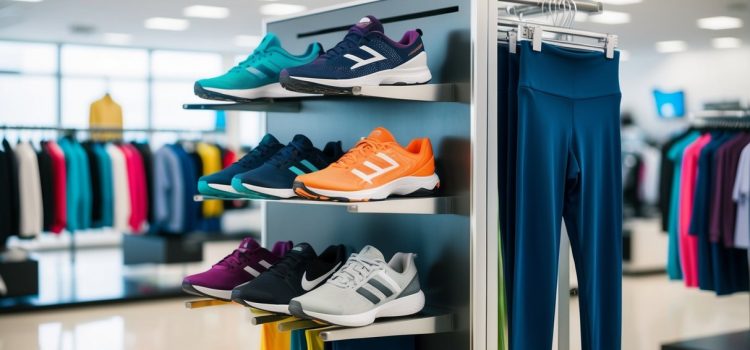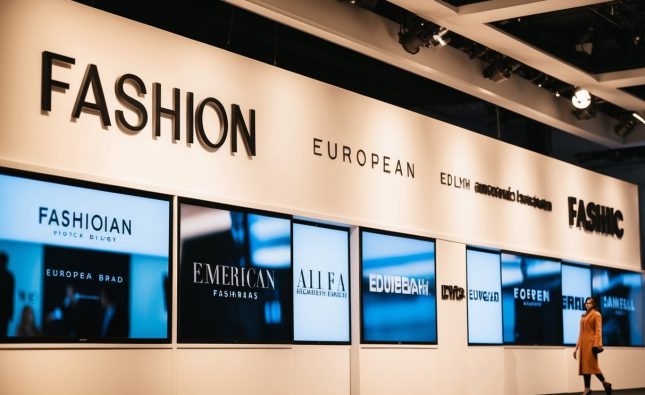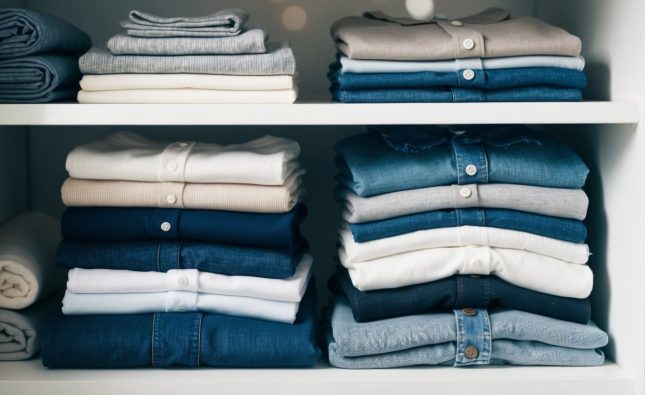
Athletic brands have evolved significantly beyond the gym and sports fields, making a powerful impact in the world of casual wear. These brands offer stylish, comfortable, and functional clothing that seamlessly fits into everyday life. Consumers now seek versatility in their wardrobes, and athletic brands provide options that cater to both performance and fashion.

With a variety of choices available, from well-known names to emerging labels, there’s something for everyone looking to enhance their casual style. Incorporating athletic wear into daily outfits has become a trend that not only promotes ease of movement but also embraces a contemporary aesthetic.
As the lines between athletic and casual wear continue to blur, exploring these brands reveals how they cater to diverse tastes and needs, ensuring that fashion and function coexist.
Evolution of Athletic Brands in Casual Wear
Athletic brands have significantly transformed their product offerings, bridging the gap between functionality and fashion. Key developments include the rise of athleisure, the crossover of sportswear into streetwear, and the influence of celebrity endorsements.
Rise of Athleisure
The athleisure trend emerged in the late 20th and early 21st centuries, characterized by athletic clothing designed for both exercise and everyday wear. This clothing style gained traction as lifestyles became more active and casual, integrating fitness into daily life.
Brands like Nike and Lululemon capitalized on this trend by producing versatile pieces such as leggings, joggers, and stylish sneakers. Consumers began valuing comfort and practical design, leading to a boom in the athleisure market. Research indicates that this segment has grown substantially, creating demand for fashionable yet functional attire.
Crossover: From Sports to Streetwear
Athletic brands began to blur the lines between sportswear and streetwear in the 2010s. Collaborations with fashion designers and artists transformed traditional athletic silhouettes into trendy street-ready outfits.
Brands like Adidas and Puma partnered with high-fashion labels to release limited-edition collections. This crossover reflects a shift in consumer preferences, where sports-inspired designs are embraced in casual settings. By adopting elements of street culture, these brands have reached a broader audience and redefined casual wear.
Impact of Celebrity Endorsements
Celebrity endorsements play a crucial role in shaping the perception of athletic brands within casual wear. Influential figures from various fields, including sports, music, and fashion, have helped legitimize these brands in everyday life.
For instance, Rihanna’s partnership with Puma introduced a fresh aesthetic that appealed to a younger demographic. Similarly, athletes like LeBron James and Serena Williams have launched their own lines, reinforcing the idea that athletic apparel can be both stylish and functional. These endorsements increase brand visibility and attract consumers looking for a blend of lifestyle and performance.
Top Athletic Brands for Casual Wear

Athletic brands have successfully merged performance and style in casual wear. These brands prioritize comfort while integrating fashion trends to create appealing lifestyle collections.
Adidas and the Street Culture
Adidas has maintained a strong presence in street culture, particularly with its iconic three-stripe logo. Collaborations with influential figures and artists have positioned Adidas at the forefront of urban fashion. The brand’s Boost technology offers cushioning that enhances comfort, making their sneakers suitable for both athletic and casual use.
Notable collections, such as the Adidas Originals line, feature classic styles reimagined with modern flair. The extensive range of apparel, from sweatshirts to joggers, complements the footwear perfectly.
Furthermore, the brand’s commitment to sustainability, including the use of recycled materials, resonates with environmentally conscious consumers. This multifaceted approach reinforces Adidas’s stronghold in the casual wear market.
Nike: Innovating Casual Comfort
Nike has established itself as a leader in innovative designs that prioritize comfort and style. The brand’s Air technology delivers responsive cushioning, setting a new standard for casual footwear. Nike’s casual lines, including the Nike Sportswear collection, combine cutting-edge materials with contemporary styles.
The versatility of Nike’s products allows for seamless transitions from workouts to social gatherings. Iconic silhouettes, such as the Air Max and Air Force 1, are constantly updated with fresh colorways and designs.
Additionally, Nike frequently collaborates with high-profile designers and celebrities, ensuring its styles remain relevant and trendy. This dedication to innovation solidifies Nike’s reputation in casual wear, appealing to a broad audience.
Under Armour’s Casual Offerings
Under Armour focuses on functional apparel and footwear designed with performance in mind. The brand is recognized for its moisture-wicking fabrics that enhance comfort during casual wear. Their training shoes often double as stylish options for everyday outfits, featuring sleek designs that work well for various occasions.
The UA HOVR collection showcases the blend of technology and style, with cushioning that provides comfort for extended wear. The brand also emphasizes breathability in its clothing lines, making them ideal for outdoor activities.
Under Armour’s casual offerings maintain an athletic edge while appealing to individuals looking for quality and durability. The brand’s commitment to lightweight materials and performance-oriented design helps it stand out in the casual market.
Puma’s Lifestyle Appeal
Puma balances athleticism and lifestyle appeal, presenting a unique option in the casual wear segment. The brand’s collaborations with pop culture icons draw significant attention and resonate well with younger consumers. Puma’s designs often reflect bold colors and patterns that enhance everyday outfits.
Footwear lines like the RS-X and Suede can easily transition from gym settings to casual outings, ensuring functionality and style. The apparel range includes sweatpants, tees, and jackets that cater to various tastes.
Additionally, Puma’s focus on sustainability through initiatives such as biodegradable materials helps attract modern consumers concerned about environmental impact. Its lifestyle-oriented approach ensures Puma remains competitive in the casual wear landscape.
Analyzing the Popularity of Athletic Brands
Athletic brands have seen a significant rise in casual wear popularity due to evolving market trends, the influence of social media, and a growing emphasis on sustainability. Each of these factors contributes to how brands position themselves in the competitive landscape.
Market Trends and Consumer Behavior
The growth of casual athletic wear aligns with lifestyle changes that prioritize comfort and versatility. Consumers increasingly seek clothing suitable for various occasions, from workouts to social outings.
Trends such as athleisure have blurred the lines between athletic and everyday wear. Data shows that the global athleisure market is expected to reach $500 billion by 2025.
This shift reflects a move toward health-conscious living, where consumers value both style and performance. Brands are responding by offering innovative designs and materials that enhance breathability and movement, influencing purchasing decisions.
Social Media Influence
Social media plays a critical role in shaping the popularity of athletic brands. Platforms like Instagram and TikTok enable brands to reach wider audiences and engage directly with consumers. Influencer partnerships often highlight new products and lifestyle aesthetics, driving trends rapidly.
A notable statistic reveals that over 70% of millennials are influenced by social media in their purchasing decisions. Athletic brands leverage this by creating visually appealing content that showcases their apparel in active, lifestyle contexts.
User-generated content further boosts brand visibility, as customers share their experiences. This organic promotion enhances brand loyalty and trust among potential buyers.
Sustainability in Casual Athletic Apparel
Sustainability has emerged as a key concern for consumers, affecting their loyalty to athletic brands. Many consumers prioritize eco-friendly practices, leading brands to adopt sustainable materials and ethical production methods.
Studies indicate that approximately 60% of consumers are willing to pay more for sustainable products. Brands like Nike and Adidas are investing in recycled materials and reducing waste in their supply chains.
Transparency in sourcing and manufacturing processes resonates with consumers, driving brand preference. Brands that effectively communicate their sustainability initiatives are better positioned to attract environmentally conscious buyers, enhancing their overall appeal in the casual wear market.












